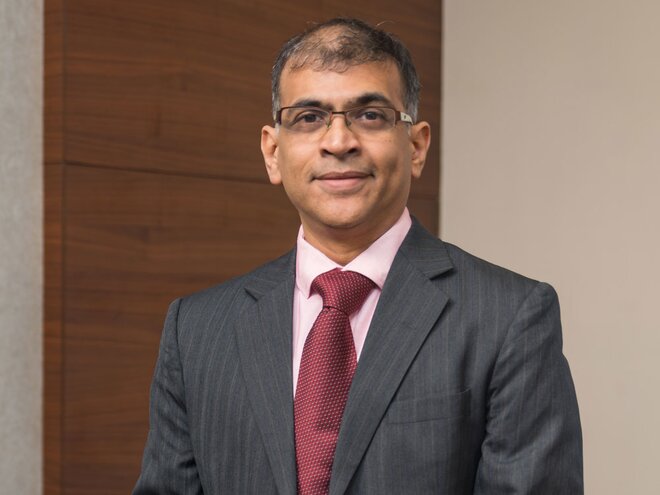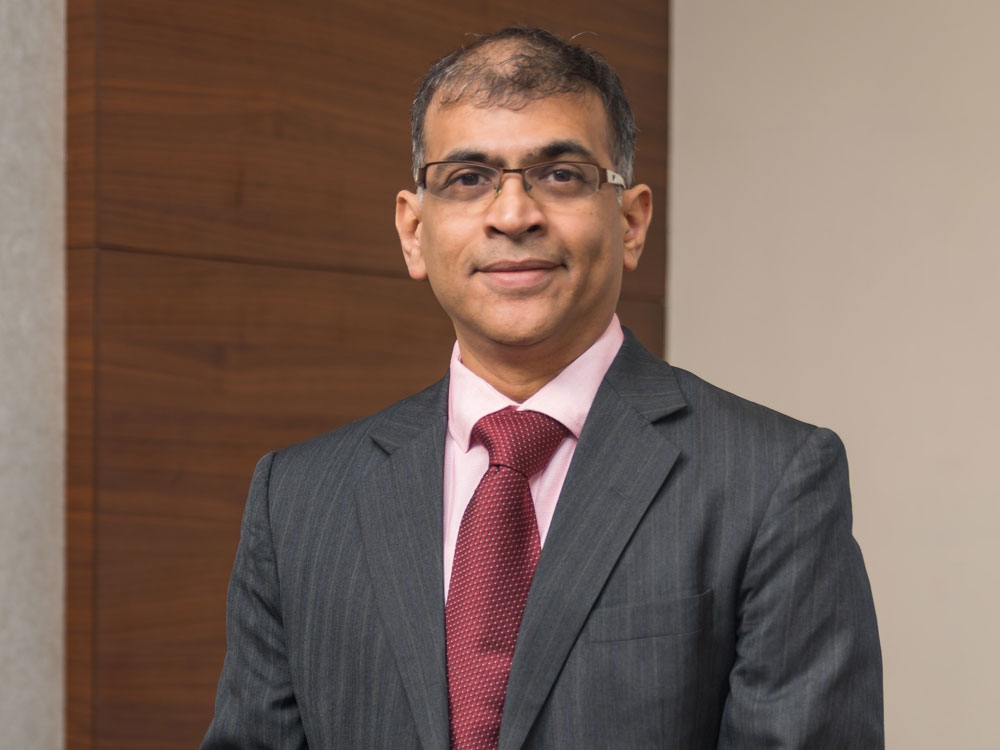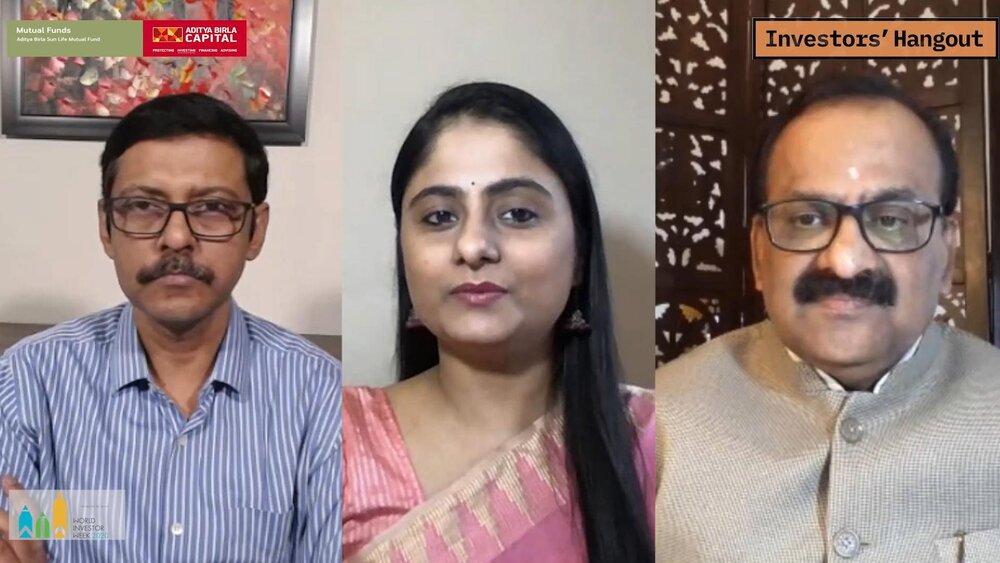
Please describe the stock-selection framework followed at Edelweiss Mutual Fund.
We broadly follow the growth style of investing and look for compounding businesses that will continue to grow year after year for a long period of time. We follow the bottom-up stock-picking approach to select businesses that create value and deliver return on investments. We generally classify the stocks in our portfolio into four buckets.
The first one is 'Strategic'. These are typically classic compounding businesses that keep growing year after year. For instance, if you look at the paint companies in India, you will find that they have continued to grow at 15-20 per cent over the last 20-25 years. Similarly, some private-sector banks have grown at about 20 per cent over the past 20+ years.
The second bucket is 'Tactical'. These are businesses that you may not want to own for a long period of time, and hence they are not buy-and-hold kind of stocks. However, these businesses may have strong growth potential in the medium term. For example, cement or construction businesses, which we may want to own during the up cycle but not during their down cycle. So, they are not necessarily compounding stories over a long period of time.
Third type of businesses are what we call 'Option'. This does not mean that we invest in options. It's just a label to remind us their place in the portfolio. These are promising businesses from a top-down perspective, but they do not have a long track record like 'Strategic' businesses. The payoff with such stocks could be binary in nature, i.e., sometimes they may turn out to be phenomenal for the portfolio or you may lose everything in them. The reason to refer to them as 'options' is also to remind ourselves not to get carried away and bet big because the risk could also be very high.
The fourth category is 'Defensive'. These are not defensive in the conventional sense, which may typically mean safe like FMCG businesses. For us, 'defensive' is from a portfolio context. So, there may be businesses that we don't particularly like a lot but they are a big part of the benchmark and therefore from a portfolio perspective, we need to take a calibrated approach. If we don't own these businesses at all just because we don't like them very much, the portfolio performance can go for a toss in case they perform against our expectations. So, we may choose to be underweight on them or have a neutral position in case our confidence level in not so high as to not own them at all.
Which stocks would never be a part of your portfolio? Any particular changes that you had to make due the structural disruption caused by the pandemic?
I would never use the word 'never' because in the context of markets, circumstances do change. Hence, I cannot be certain that I will never invest in a particular stock. However, we will typically avoid companies that show signs of corporate-governance malfunction. Also, as mentioned earlier, we primarily look for growth businesses. Hence, we would typically skip owning a business that may have a great management but isn't lucrative enough on the growth front. So, if it is not a growth stock, we would generally try to avoid it unless it falls in the defensive category.
In March, it became obvious that this shock was going to be something that we had never really experienced before and there was no visibility as to what might happen in the near future. So, we started thinking about how to deal with it and how to navigate the markets. That was the time when we decided to borrow a framework from a famous book Antifragile by Nassim Taleb. We classified businesses into three categories fragile, anti-fragile and robust.
Fragile businesses have a significant and long-duration downside from the shock, for instance, airlines, multiplexes, retail malls, etc. Let's look at multiplexes as an illustrative example. Even though multiplexes have now opened up, they have several restrictions in terms of operating capacity, etc. Also, they have to incur additional costs on account of rules regarding sanitisation practices. But more importantly, the customer behaviour might have changed due to getting used to OTT platforms. Thus, there could be a major long-term impact on the business model. Hence, we thought of exiting such fragile businesses.
Businesses belonging to the robust category may have a short-term impact due to the shock, but from a medium- to long-term perspective, they may not suffer much. Examples of these would be consumer durables or chemical businesses, where there may have been disruptions, but they have recovered very quickly. Any material stock-price correction due to the shock could thus be an opportunity to increase bets in this type of businesses.
The third type of businesses in which I am particularly interested is anti-fragile businesses. These businesses benefit from crises. One example in the Indian context can be telecom businesses that have benefitted due to higher data traffic on account of more and more people working from home, daily communication becoming more important and organisations opting for more digitisation.
Markets have recovered from the crash to scale new highs at an unprecedented pace. What are the reasons for this and how sustainable do you think are the current market levels?
Let me start with the big correction that we saw in the month of February and March. What hit us was something unprecedented. People initially thought that it would be like SARS that had hit us years ago and which went away in four to six months. Also, its impact was local and it did not spread much globally. Some others compared this shock to the global financial crisis. Soon there was a realisation that this shock was much bigger both in scale and scope. So, no one actually had any idea of the magnitude and the duration of the crisis. In such a situation, the first thing that people do is to sell and wait for things to settle and be clearer. Thus, in March, we had about $8.4 billion worth of FII selling that caused bulk of the damage to stock prices. So, we witnessed correction across market segments because there was complete panic in the market.
After the crash, our first message to all our distribution partners and investors was not to redeem because the price correction was massive and that was not justified even if you assumed that this crisis would last for a couple of years. In a discounted cash-flow model for valuing growth stocks, first couple of years account for only about 5-10 per cent of total value. So, the correction of 30-35 per cent in the market and much more at an individual stock level was completely unjustified.
Secondly, when a crisis of such a dimension happens, there is typically a big countervailing response from the governments and central banks, which we witnessed to an extent in India but more at the global level. We had fiscal and monetary stimulus from the authorities that in some cases amounted to about 20 per cent of the GDP. This was aimed at ensuring that the economy is not irreparably damaged. When the markets realised that fiscal/monetary authorities will do whatever it takes to save the economy, a relief rally started.
Also, right from the time when lockdown measures were relaxed from around May-June, there was a surge in economic activities and everyone realised that things are recovering faster than anticipated. Secondly, we also realised that corporates managed to smartly improve operating performance due to cost curtailment. All this gave confidence to investors, which got reflected in the stock prices.
Thirdly, while the Government of India did not do as much as the developed countries in terms of fiscal relief, it did undertake some very serious reforms to help the economy, such as the new agriculture laws and labour laws. The government also had a renewed focus on manufacturing and promoted industries by initiatives such as the Atmanirbhar Bharat. All this provided a further boost to the sentiment.
Lastly, the liquidity in the market has also increased significantly. Over the last few months, especially in November, inflows from FPIs have soared. While domestic mutual fund investors are redeeming, foreigners are buying in big quantities. So, all this together led markets higher. Now if domestic investors were not redeeming, then the markets would have done even better.
As for whether this rally is sustainable or not, there are always risks associated to any hypothesis. If the pandemic infection rises, causing disruption to economic activities, or there are geopolitical tensions or the government goes back on key reforms, then it is possible that the markets may see a correction. So, one can never be certain about anything in the market. All I can say is that currently the positives are more than the negatives but we are always watchful of any risks in the market.
What is your outlook for Indian markets in the coming decade relative to other global markets? How do you see the equity landscape shaping up over the next few years in India?
Over the last three-four years, Indian economy has been decelerating due to several internal disruptions. In November 2016, we had demonetisation. Then subsequently, we also had GST implementation, RERA coming into effect; and then we also had the NBFC crisis in 2018. The NBFC crisis shook the financial sector, which is important for any economy, impacting the cost of credit and its availability to certain parties. So due to such internal issues, our economy has been decelerating for past few years.
However, in my view, there is now a realisation in the government that our economy cannot really take more such disruptions and the whole focus of the policymakers is on inducing growth. Even the RBI has said that growth is its priority because many of the issues can be resolved if growth comes back. If growth comes back, tax revenues improve, fiscal deficit is taken care of, the confidence of the businesses and individuals in the economy will improve and so on. So, after decelerating for such a long time, I would expect Indian economy to start accelerating now. We have probably seen the worst and the sustainable growth of the Indian economy has probably improved due to a series of reforms undertaken over the past few years. This is good for the markets from a long-term perspective.
I would say that there is a good chance that our markets over the next decade will likely outperform markets in developed countries. I have read many reports wherein people point out that the decade from 2000-2010 was when emerging economies did better than developed economies, whereas the decade from 2010-2020 was when there was a reversal. Many global strategists suggest that the next decade is likely to be a decade of the emerging markets and India should also be doing well.
What is your outlook for the mid- and small-cap segments? What should investors expect from your funds in these categories?
In 2018 and 2019, mid and small caps underperformed large caps. We realised that during the period, markets had a very narrow rally where large caps did well, but even among large caps, only five to seven stocks were performing. Going forward, I would expect the rally to be more broad-based because it will be on the back of accelerated overall economic growth, corporate sector starting to do well, earning growth projections moving higher and so on. I expect mid and small caps to outperform large caps.
Talking about the size of the funds, I think size is very important in mid and small caps because it is linked to liquidity and we have done a fair bit of work on the importance of liquidity in a portfolio. I have written a note which deals with how some of the funds in the small-cap space could possibly be too large for the category. In our view, this is a very important factor to consider and I have argued that distributors should look at liquidity as one of the important criteria while recommending a mid- and small-cap fund because in good times it would not matter, but in bad times, liquidity becomes paramount as we saw in the fixed-income space since the IL&FS crisis.
So yes, the small AUM of our fund is advantageous and liquidity consideration is extremely crucial for investors and distributors. In our investment process, liquidity is something that we think about at the design phase itself. It is not an afterthought for us. With our current AUM being very small, we can efficiently manage multiples of that number without facing any liquidity concerns for both our mid- and small-cap funds.



